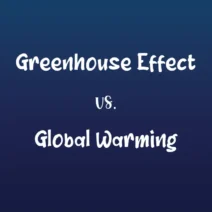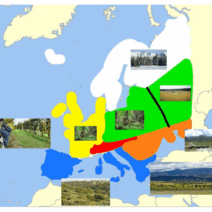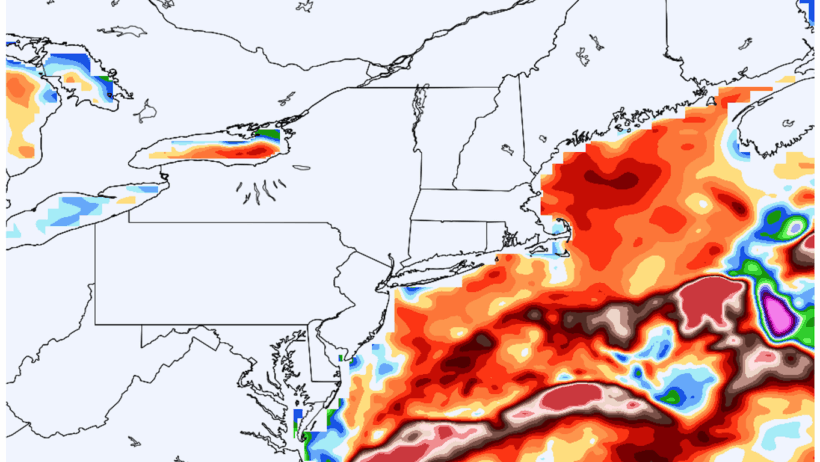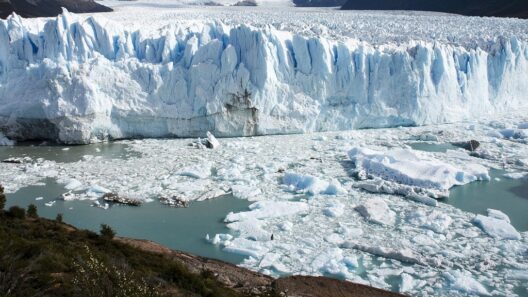The Northeast region of the United States is known for its distinctive climates, presenting a patchwork of seasonal variations ranging from snowy winters to humid summers. Central to this conversation is the question: What defines the climate in the Northeast, particularly regarding snowstorms, summer heat, and the splendor of seasonal changes? Exploring this query surfaces a plethora of factors—including geographic influences, weather patterns, and the effects of climate change—that paint a vivid picture of life in this multifaceted area.
To begin with, the Northeast is characterized by four distinct seasons: winter, spring, summer, and fall. Winter in the Northeast, which typically spans from December to February, is marked by chilly temperatures and copious snowfall. Snowstorms, plural, become part and parcel of life during these months. An analysis reveals that snowstorms occur with significant frequency and intensity, often exacerbated by the Arctic Oscillation and Nor’easters—powerful storms that can deliver heavy snow just as easily as they can unleash biting wind chills.
These Nor’easters are particularly noteworthy. They form along the Eastern Seaboard and can bring about not just snow but also coastal flooding and heavy rainfall, signaling their capriciousness. It’s in this context that climate change poses a curious challenge. The warming temperatures may be altering storm patterns, leading to more moisture-laden air, which can intensify snowstorms, resulting in snowfall that significantly contrasts what was historically expected. Could we be moving towards a future of fiercer winter storms due to climate disruptions?
As the seasons transition, spring emerges gracefully. This period is often celebrated for its mild temperatures and the reawakening of flora and fauna. The Northeast is a tapestry of blooming dogwoods, cherry blossoms, and the illustrious yellow and purple of tulips. However, underneath this beauty lies an environmental reality: spring’s arrival is rapidly shifting. Historically, the blooming of flowers and tree buds occurs later in the season, governed by temperature patterns. As climate change accelerates, we may witness simultaneous blooming events that present risks to agricultural production and ecosystems alike. How does one balance a love for seasonal beauty with the growing urgency of environmental stewardship?
With spring fading, summer sweeps in with its own unique characteristics. Summers in the Northeast can be a study in contrasts, showcasing both warmth and humidity. The blend of high temperatures and increased humidity creates a microclimate that can be stifling. This situation is exacerbated by urban areas, where the heat island effect raises city temperatures further, suggesting that one’s experience of summer can vary dramatically based on their environment. As heatwaves surge, the interplay between human activities and natural systems must be examined closely.
A particularly alarming aspect of summer weather patterns is the increasing frequency of extreme heat events. Rising average summer temperatures, linked directly to climate change, compel us to question how these extreme conditions will impact public health, agriculture, and water resources. What strategies can communities employ to adapt, ensuring that life thrives even amidst harsh summer conditions? The answers may lie in innovative practices such as green roofs, urban forests, and improved public infrastructure that cushions the effects of heat.
The seasons gradually drift into fall, adorned with vibrant foliage and crisp air. Fall in the Northeast is lauded for its picturesque landscapes transforming into shades of crimson and gold. However, as with other seasonal changes, fall too is subject to the ramifications of a shifting climate. Observations are indicating that foliage’s peak seasons are being affected by temperature thresholds. With climate projections suggesting a warmer autumn, will we still bask in the same glorious hues, or will we face a more muted display? Nature’s palette might soon tell us a different story.
Snowstorms, summer heat, the vivacity of spring blooms, and the tranquility of fall—all are inextricably linked to managing the delicate balance of our climate. From an ecological standpoint, sustaining biodiversity amid ongoing climatic changes demands vigilance. Establishing sustainable practices becomes not just an option, but a necessity. Whether through advocating for renewable energy, embracing conservation efforts, or fostering community engagement, the challenge remains: how can citizens collectively contribute to mitigating the adverse impacts of climate change?
Moreover, individuals must also consider personal responsibility in this equation. Possibilities abound from reducing carbon footprints to promoting local produce, thus fostering resilience within local economies and ecosystems. As a community, nurturing this ethos could fundamentally change how we approach outdoor activities, of which winter sports and summer outings are cherished, contributing to the living landscape of the Northeast.
In conclusion, the climate in the Northeast is not merely a backdrop for seasonal activities; it is a integral aspect of the social and environmental fabric that binds this region. Snowstorms may supercharge as temperatures rise, summers may either scorch or soothe, and every season demonstrates nature’s capriciousness. The interdependence of human endeavor and natural ecosystems shapes the future of this beautiful region. Thus, how we each respond to the challenges posed by environmental changes will ultimately dictate the climate we experience and the landscapes we cherish. With informed action and collaborative effort, it might just be possible to secure that seasonal glory for generations to come.







